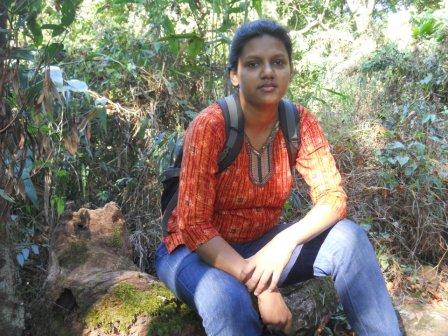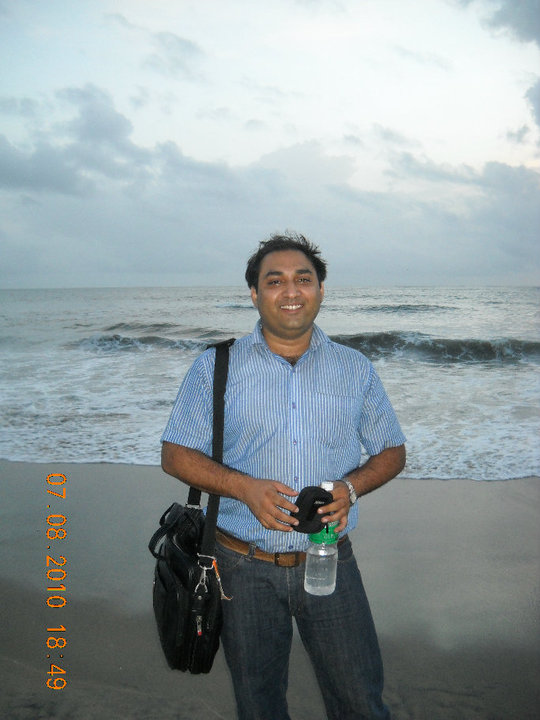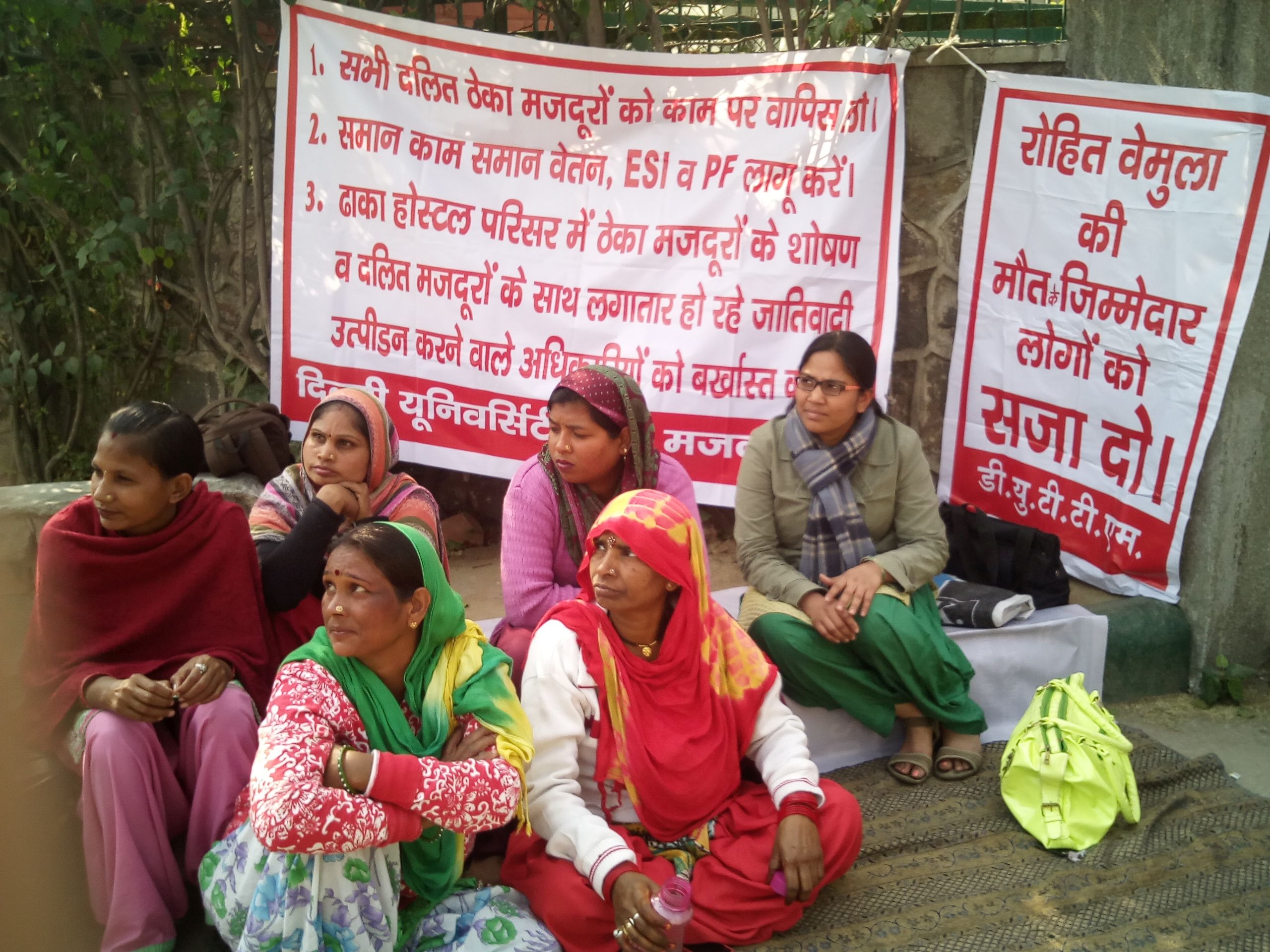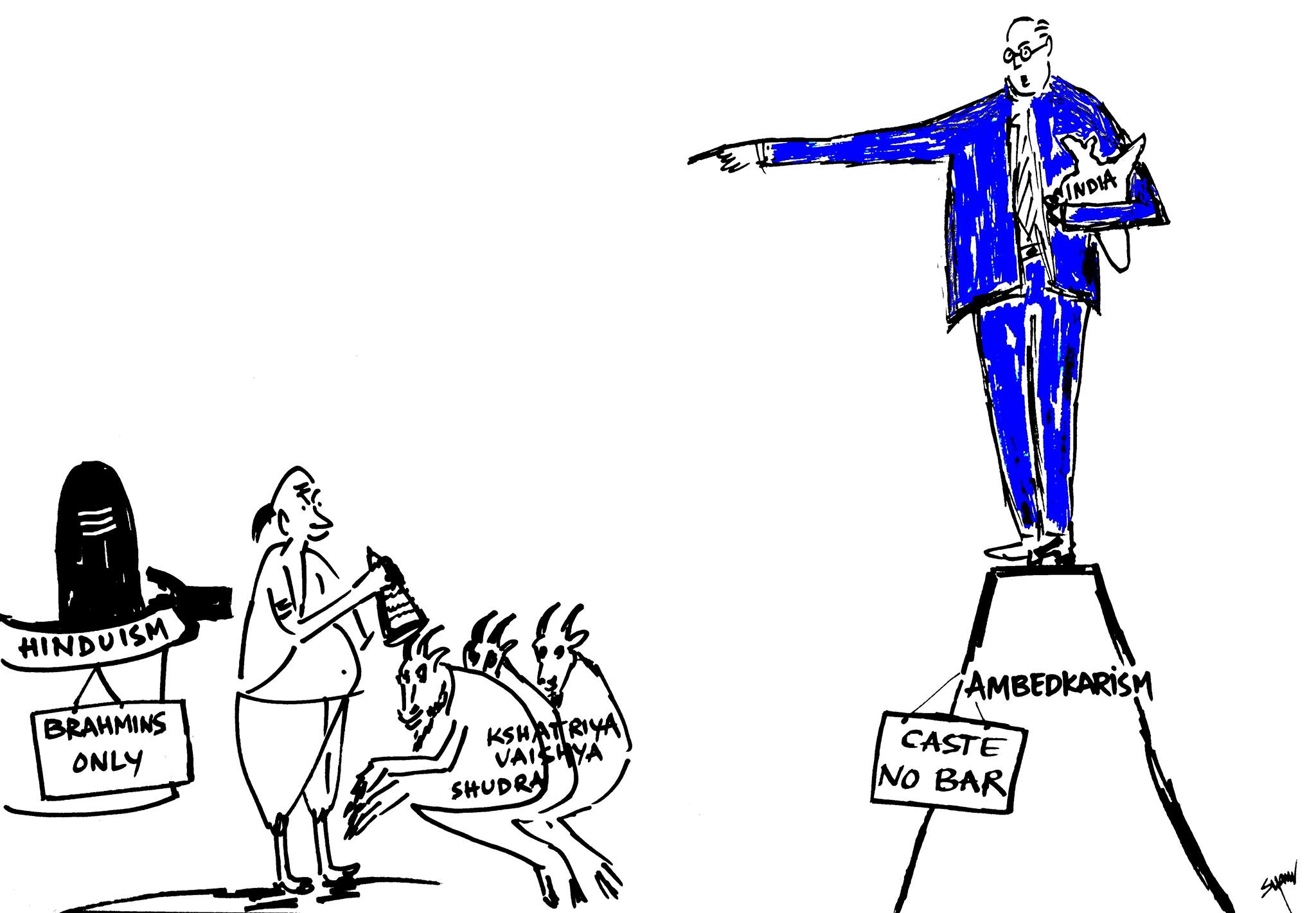Shy of inquiry into privilege, social media posts flaunt antiquated attitudes to caste, reservations
Rahi Gaikwad

We are all to some extent the prisoners of our upbringing.
-PD James (Death in Holy Orders)
If anyone has any doubts about how the virus of caste has mutated into a 21st century variant in the minds of upper caste English-speaking city-bred millennials – leave alone their rural counterparts – they need only to look at their social media offerings.
Welcome to the cutting-edge of casteism, where calcified sentiments of ‘high-caste’ pride and ‘low-caste’ hatred find expression in snarky memes, reels and tweets. Masked under visual effects, filters and other such digital tools for content creation, they sail past community guidelines and permeate the virtual world.
The young upper caste influencer is riding the crest of this content creation boom, commanding an enviable number of followers. The presumption of this caste location rests on the premise that millions of poor – a large majority of them being dalits, adivasis and other oppressed groups – are not conversant in English and have rudimentary or no access to smart devices and stable internet connections.
Instagram reels that recently drew flak on social media and older material excavated by anti-caste handles from accounts of stand-up comics and some well-known liberal upper caste names present a pattern of familiar tropes. Hackneyed rants against reservations, claim to victimhood and Mayawati jokes are de rigueur in the repertoire of some of these influencers.
Take for example a reel that surfaced a couple of months ago. In it, a girl smiling to the camera poses the question: ‘What is the difference between stakes and B-alit (read dalit) girl.’ The punchline is executed with a glint in the eyes: ‘One get used after roasting and the other before.’ The performer revels in cracking a rape joke directed at the dalit woman and comparing her to a roasted piece of meat.
The likely allusion is to the Hathras case of 2020 in which a 19-year-old dalit woman was gangraped by four upper caste men and later succumbed to injuries. The Uttar Pradesh government hastily cremated her body in the dead of the night against the protests of her family. But this incident is by no means an isolated one. A simple Google search would show there are many cases in which dalit women were raped and burnt.
The particular reel subscribes to one of the rankest ideas of caste society that the dalit woman has no dignity, nor any right over her body. This, and the rash of unbridled sexist slurs targeted at Mayawati by a cross-section of comics and internet users show that the tendency to see dalit women as fair game has hardly undergone any change.
Another more recent reel unearthed by Twitterati has a young woman/girl comparing the advantages of falling in the ‘general category’ to those of being in the ‘non-general category’. With an air of resignation, she concludes that the former accrues no benefit to its members. As for the latter classification of marginalised groups, covering roughly 70 per cent of the population, she is mortified to find: relaxation in age, low cut-off for government exams, less fee application, reservations, free coaching, welfare schemes, creation of statutory bodies and accessibility to civil services. The video concludes with ‘WTF’.
Here is the quintessential upper caste rebel without a cause. She feels victimized by affirmative action, but eschews any meaningful inquiry into the accretions of privilege over generations.
Her inherited sense of entitlement makes her unquestioningly accept as ‘normal’ the overrepresentation of brahmins and savarnas in all institutions of democracy, in academia – an area which most concerns a young person – their lion’s share of movable and immovable assets, hegemony in ownership of businesses and opinion building platforms – primarily the news media – clout in professional networks and their scriptural high-born status that puffs them with pride every now and then.
Of the gross underrepresentation of 70 per cent populace, the angst-ridden influencer thinks not at all, let alone offer solutions.
Both the reels have presumably been deleted as they are no longer accessible.
The concept of ‘representation’ – the bedrock of affirmative policy – never finds any mention in the many tirades against reservations.
The upper caste mind is unable to measure ‘merit’ beyond the filter of grades and marks. For this, he or she is less to be blamed. The larger responsibility for such ghettoized thinking lies with the upbringing in upper caste homes, the culture of single-minded pursuit of marks and the formal education system which excludes from its curricula the history of caste oppression and struggles of the marginalised.
And so, the influencer fulminates at individual instances of reserved category students getting seats with low scores and upper caste students losing out despite scoring higher or when members of dalit and other disadvantaged communities come into affluence and avail of reservations.
One blue-tick worthy on Twitter felt such anger that she squarely declared, ‘Reservation (caste-based) is legal terrorism.’ However, in another tweet she welcomed the BJP government’s 10 per cent reservation for the economically weaker section (EWS) of the upper castes.
Even though rampant violence and discrimination against dalits routinely make news, the influencer is in perpetual denial of caste and refuses to see caste as the fundamental marker of privilege and exploitation.
Never mind the little problem staring out of Census 2011, that while dalits constitute 12.6 per cent of the population in urban India, they make up 20.3 per cent of the slum population. (Source: The Indian Express – Slum numbers show cities don’t help Dalits shed caste by Goutham Raj Konda).
Or some other equally inconsequential statistic that 79 per cent of rural adivasi households are considered “deprived” and an estimated 45 per cent of SC households are landless and earn their livelihood through manual labour. (News report on the Socio Economic and Caste Census 2011. Source: The Indian Express – Landlessness is higher among Dalits but more adivasis are ‘deprived’ by Harish Damodaran)
One might argue: Can there be no criticism of the reservations policy? It would be foolish to answer ‘no’. But the question is: Can the upper caste diatribe, churned out from one generation to the next, tone-deaf to the copious explanations and clarifications offered by supporters of reservations, be called criticism?
PhD student Vivek Singh hits the nail on the head in his poetic rebuttal:
No, your questions are not critiques of a policy,
It’s a cry of agony over the changing reality.
No, your questions are not for justice,
It’s a rant, an insult, a challenge to this
Assertion by our people for dignity,
For liberty, equality and fraternity.
(Rant against the ranters – aka Why I no longer talk to ‘upper castes’ about caste? – Round Table India)
It might be stressed that the views of these influencers are no different from those of their predecessors. And they are being soundly denounced by young Ambedkarite voices among the dalits and bahujans.
For days on end, Ambedkarite and BSP supporter Ritesh Rajesh Kumar diligently exhumed a cache of casteist/sexist tweets and videos of upper caste comics and other personalities and complied them into threads, which led to many taking down the material and offering apologies.
Another vocal champion of anti-caste politics Sankul Sonawane tweeted: ‘I’m genuinely so tired of internet influencers being casteist & getting away with it. Platforms like Instagram reels are a constant trigger for Bahujans because of how much casteist allowed is made & allowed to stay on the app. I’m sick of it now. We must not allow this anymore.’
In all fairness, there are many among the upper castes who are listening, who pull back and apologize when they put forward a casteist foot and who are interrogating their privileges. Hopefully their tribe will grow. Hopefully, the casteist influencer too shall come of age along the way and no longer stay in the prison of his or her upbringing.
~~~
Rahi Gaikwad is a Mumbai based independent journalist.










